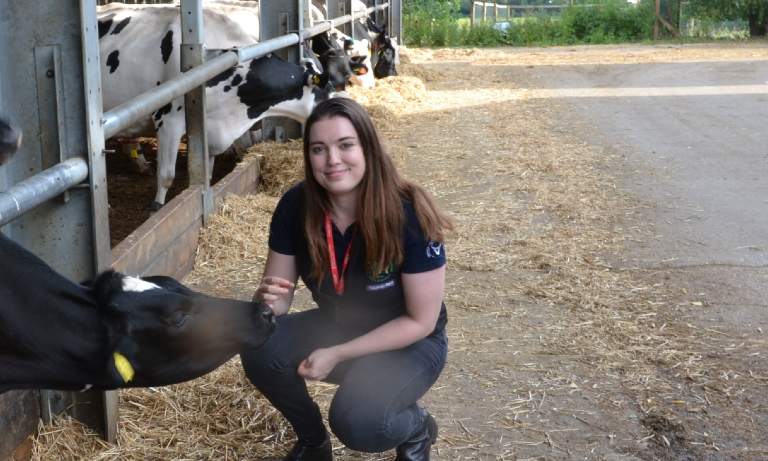Standing up for the veterinary profession
08 Aug 2024
22 Jun 2023 | Rachel Garty | Disease
Rachel Garty initially worked in farm-animal practice after graduating in 2020. Now, she is undertaking a three-year residency program in veterinary anatomic pathology at the Royal Veterinary College and hopes to inspire other students to consider a similar career path.

Residency training to become a veterinary specialist builds on your previous experience as a surgeon, with different challenges throughout the journey. The roles of veterinary anatomic pathologists and veterinary clinicians are similar but different, and I hope to inspire others to explore this fascinating side of the profession!
Applying to residency programs can be competitive, and perseverance and preparation are key. If you have a passion for the subject in which you wish to specialise, you will likely have completed relevant CPD and, in this case, attended pathology-focused placements and visited the university pathology department or the company offering the program. As many pathologists have a role in contributing to modern scientific literature, having research skills and experience in publishing is also beneficial.
After being offered a residency position, the training marathon begins. During the first year, there are many protocols to become familiar with. In the case of anatomic pathology residents at the RVC, this involves initiating work on your Master’s research project, teaching undergraduates, participating in a variety of rounds and contributing to the diagnostic rota. The rota comprises of small animal and equine duty, farm duty and biopsy duty, with occasional off-duty weeks to process tissue samples for histopathological analysis and complete reports.
In the second year, you can sit your first board examination for ACVP qualification, and build on what you have learnt while developing – and potentially finishing - your research project. Towards the final year, the aim is to independently report cases, with supervision as required, so that after sitting your second and final board examination, you are ready for your first professional veterinary pathology post.
The post-residency roles for anatomic pathologists are extremely varied. Many pathologists work in diagnostic labs, as university lecturers within the pharmaceutical industry, or within government surveillance centres or research settings. The roles tend to differ from veterinary clinician roles in relation to the working hours, which typically tend to run 9–5pm although paperwork can lead to this running over. There is often no out-of-hours service, clients are veterinary surgeons instead of the public and caseloads are extremely varied, with everything from exotics to more commonplace species.
While an anatomic pathology residency takes commitment, the opportunities during and after the residency are vast. I would really encourage more veterinary professionals to consider exploring the field of veterinary pathology - whatever the stage of your career.
Get tailored news in your inbox and online, plus access to our journals, resources and support services, join the BVA.
Join Us Today